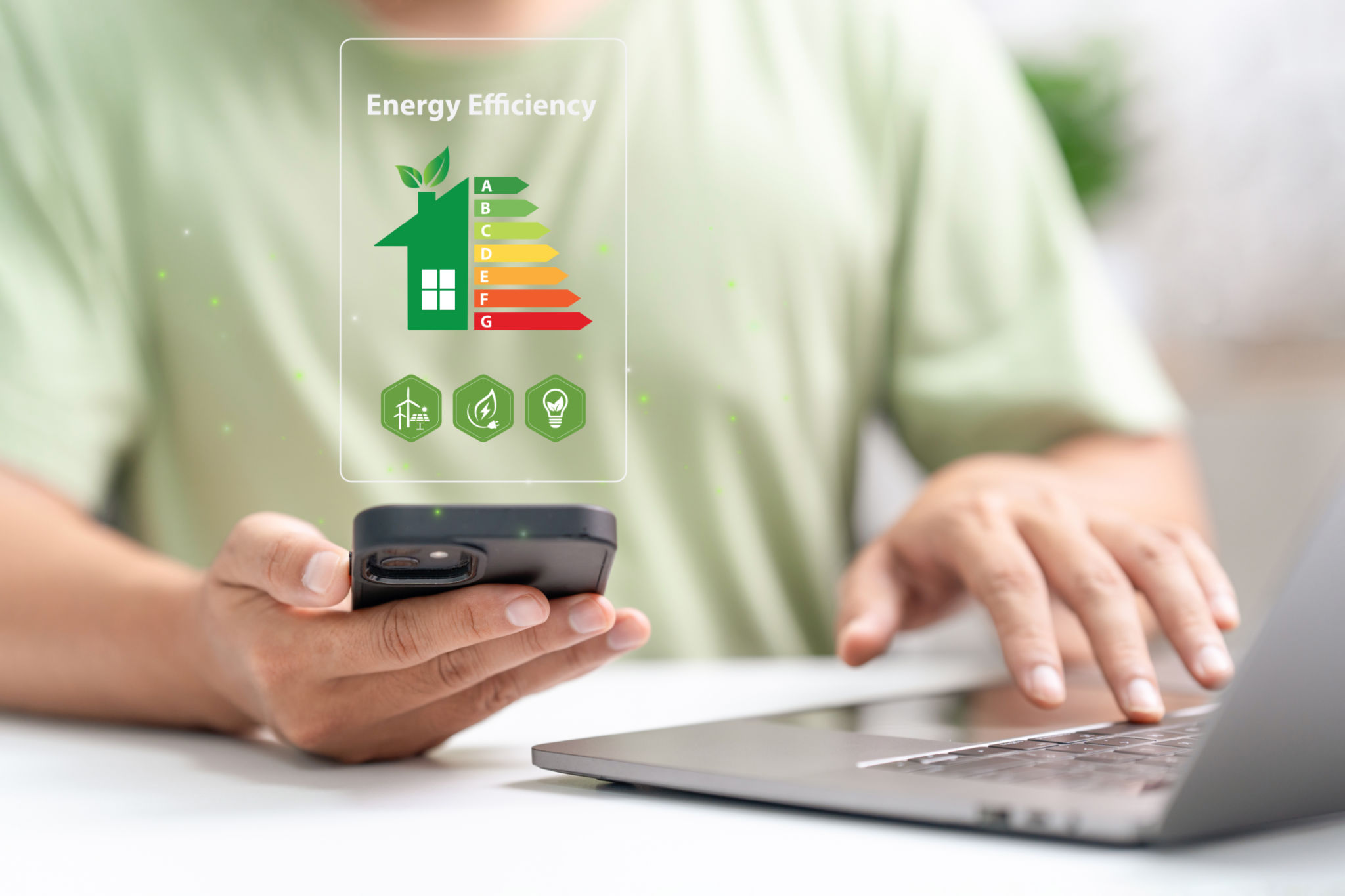How Does a Virtual Power Plant Work? An In-Depth Guide
Understanding Virtual Power Plants
In today's rapidly evolving energy landscape, a Virtual Power Plant (VPP) is emerging as a groundbreaking solution to manage and optimize the generation and consumption of electricity. Unlike traditional power plants that rely on centralized generation, VPPs utilize a network of decentralized resources to create a more resilient and efficient energy system.
The concept of VPPs revolves around integrating various energy sources, including renewable energy, battery storage, and demand response, to function as a single power plant. This integration is made possible through advanced software and communication technologies that enable real-time monitoring and control. As a result, VPPs can deliver power more flexibly and reliably, making them an essential component of a sustainable energy future.

Components of a Virtual Power Plant
A Virtual Power Plant comprises several key components that work together to ensure seamless operation. These components include:
- Distributed Energy Resources (DERs): These are small-scale units like solar panels, wind turbines, and battery storage systems that generate or store electricity.
- Central Control System: This is the brain of the VPP, responsible for coordinating the operation of all connected DERs.
- Communication Infrastructure: A robust network that facilitates real-time data exchange between the central control system and DERs.
By leveraging these components, VPPs can optimize energy production and consumption, reduce costs, and enhance grid stability.

How Virtual Power Plants Operate
The operation of a Virtual Power Plant involves several steps:
- Data Collection: The central control system gathers data from all connected DERs regarding their current status and capacity.
- Analysis and Optimization: Using sophisticated algorithms, the system analyzes the collected data to determine the most efficient way to dispatch energy resources.
- Real-Time Control: Based on the analysis, the system sends commands to DERs to adjust their output or consumption as needed.
This dynamic process allows VPPs to respond swiftly to changes in demand or supply, ensuring a balanced and reliable energy grid.

The Benefits of Virtual Power Plants
Virtual Power Plants offer numerous advantages over conventional power systems. One of the most significant benefits is enhanced grid stability. By balancing supply and demand in real-time, VPPs help prevent outages and ensure continuous power delivery.
Additionally, VPPs promote the integration of renewable energy sources by providing a platform that can efficiently manage their intermittent nature. This integration not only reduces carbon emissions but also lowers energy costs by decreasing reliance on fossil fuels.
Challenges and Future Prospects
Despite their many benefits, Virtual Power Plants face several challenges. These include regulatory hurdles, the need for substantial initial investment, and the complexity of coordinating numerous decentralized resources. However, as technology advances and the demand for sustainable energy solutions grows, these challenges are being progressively addressed.
The future of VPPs looks promising, with continuous innovations expected to enhance their efficiency and scalability. As more countries commit to reducing carbon footprints and transitioning to renewable energy, VPPs will play a crucial role in achieving these goals.

Conclusion
In conclusion, Virtual Power Plants represent a significant shift in how we generate and use electricity. By harnessing the power of distributed energy resources and advanced technology, VPPs offer a flexible, reliable, and environmentally-friendly solution for modern energy challenges. As we move towards a more sustainable future, VPPs will undoubtedly become an integral part of our energy landscape.